Cost Efficiency
Cost efficiency is a significant driver in the Aircraft Inspection Drone Market, as organizations seek to reduce operational expenses while maintaining high safety standards. Drones can perform inspections faster and more accurately than traditional methods, which often require extensive manpower and time. By utilizing drones, companies can potentially reduce inspection costs by up to 50%, as they minimize the need for scaffolding and other equipment. Additionally, the ability of drones to quickly identify issues allows for timely maintenance, preventing costly repairs and downtime. This financial advantage is particularly appealing to airlines and maintenance organizations, which are under constant pressure to optimize their budgets. As the Aircraft Inspection Drone Market continues to evolve, the emphasis on cost efficiency is likely to drive further adoption of drone technology in aircraft inspections.
Regulatory Developments
Regulatory developments play a crucial role in shaping the Aircraft Inspection Drone Market. Governments and aviation authorities are increasingly recognizing the potential of drones for aircraft inspections, leading to the establishment of new regulations that facilitate their use. For example, the Federal Aviation Administration has introduced guidelines that allow for the commercial use of drones in aircraft inspections, provided they meet specific safety standards. This regulatory support is expected to drive market growth, as it encourages more companies to adopt drone technology for inspections. Furthermore, as regulations evolve, they may also mandate the use of drones for certain inspection tasks, further solidifying their role in the Aircraft Inspection Drone Market. The anticipated increase in regulatory clarity is likely to foster innovation and investment in drone technology, ultimately benefiting the industry as a whole.
Increased Safety Standards
The Aircraft Inspection Drone Market is significantly influenced by the increasing emphasis on safety standards within the aviation sector. As the industry faces heightened scrutiny regarding safety protocols, the adoption of drones for inspections is seen as a proactive measure to enhance safety. Drones can access hard-to-reach areas of an aircraft, allowing for thorough inspections without putting personnel at risk. This capability is particularly valuable in identifying potential hazards before they escalate into serious issues. Moreover, the use of drones can lead to more frequent inspections, thereby ensuring that aircraft remain compliant with safety regulations. As safety standards continue to evolve, the Aircraft Inspection Drone Market is likely to see a surge in demand for drone technology, as organizations prioritize safety and risk management in their operations.
Technological Advancements
The Aircraft Inspection Drone Market is experiencing rapid technological advancements that enhance the capabilities of drones. Innovations in artificial intelligence and machine learning are enabling drones to perform complex inspections autonomously, reducing the need for human intervention. For instance, drones equipped with high-resolution cameras and thermal imaging can detect structural anomalies and potential failures in aircraft more efficiently than traditional methods. According to recent data, the integration of advanced sensors in drones is projected to increase inspection accuracy by up to 30%. This technological evolution not only improves safety but also streamlines the inspection process, making it more efficient and cost-effective. As a result, the demand for sophisticated drones in the Aircraft Inspection Drone Market is likely to rise, driven by the need for enhanced operational efficiency and safety compliance.
Growing Demand for Maintenance Services
The growing demand for maintenance services in the aviation sector is a key driver of the Aircraft Inspection Drone Market. As the number of aircraft in operation increases, so does the need for regular inspections and maintenance to ensure airworthiness. Drones offer a practical solution for conducting these inspections efficiently and effectively. The market for aircraft maintenance services is projected to grow significantly, with estimates suggesting a compound annual growth rate of over 5% in the coming years. This trend is likely to boost the adoption of drones, as they provide a cost-effective means of performing routine inspections and identifying maintenance needs. Consequently, the Aircraft Inspection Drone Market stands to benefit from this increasing demand, as more companies recognize the advantages of integrating drone technology into their maintenance operations.




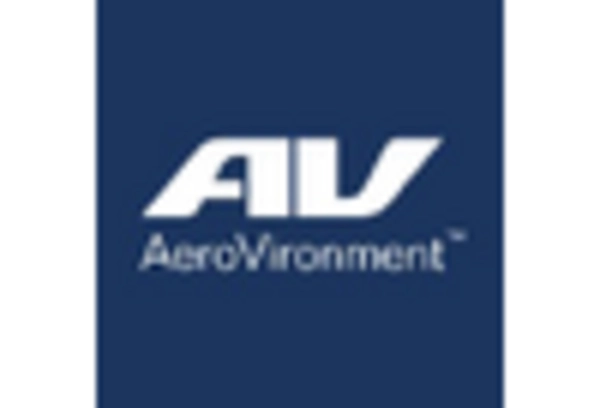
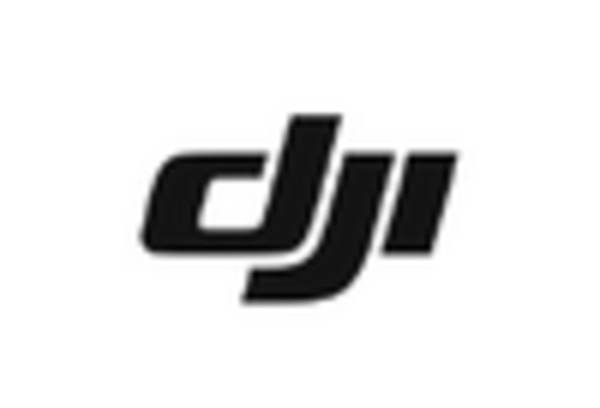
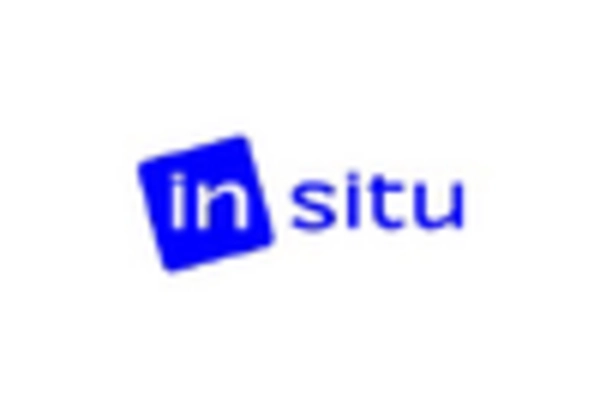
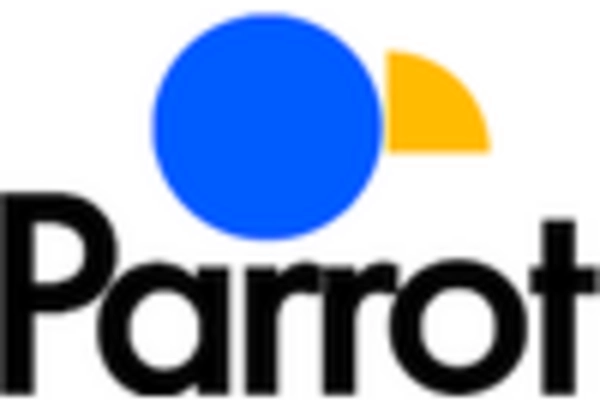

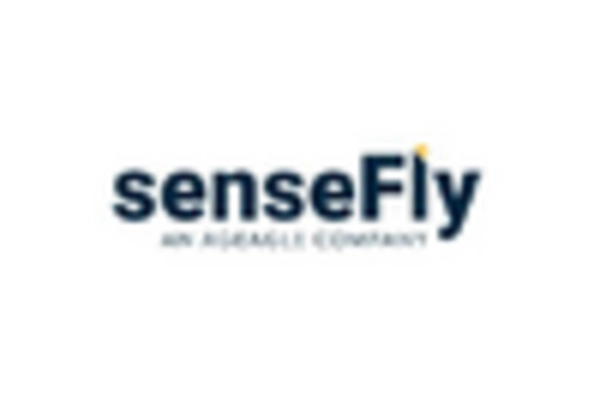








Leave a Comment